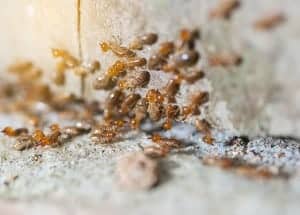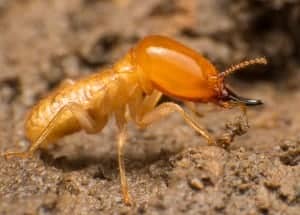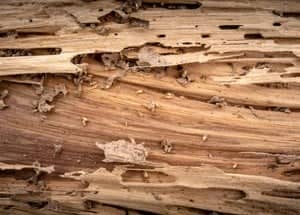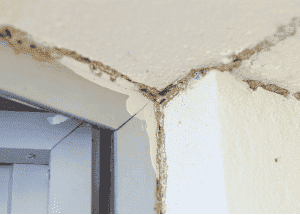Understanding the Mating Habits of Subterranean Termites
As homeowners, we do our best to protect our houses from pesky critters, and yet, subterranean termites always seem to get the best of us. These elusive insects have been an issue for centuries and can cause substantial damage to our homes. But how much do we know about their mating habits? In this article, … Read more





